Key takeaways
- Consignment inventory is an arrangement where the supplier (consigner) provides inventory to the retailer (consignee) without transferring ownership until the goods are sold.
- The consignee will sell products on behalf of the consigner and provide them with a cut of the final sale. Any unsold items at the end of the agreed-upon time frame would be returned to the consignee.
- Advantages – There are various advantages for the consigners, including the ability to sell their products without upfront costs, gain exposure, and test market viability. Consignees, on the other hand, benefit from low-risk inventory stocking, as they only pay for sold items and can return unsold stock.
- Disadvantages – For the consigner, there are risks of delayed payments, potential unsold stock, and reliance on the retailer for sales. The consignee may deal with inventory management challenges and liability for damaged or stolen items.
- Both parties can mitigate any risks by forming strong relationships, creating comprehensive contracts, and using inventory management software solutions to help track inventory.
When you hear “consignment inventory,” your mind may wander to the olden days when your mom would drag you up and down the aisles of Goodwill or Salvation Army after school.
Did you know you can sell your goods (new or used) on consignment by partnering with a retailer?
Is there a shop in town you’ve wished would carry your products, but they weren’t ready to partner with you because you have a brand-new business and no reputation? Maybe you’re established, but the retailer doesn’t know you and is hesitant to hand over a fat check to purchase some of your products wholesale.
That retailer may not take you up on your wholesale offer just yet, but they might consider selling your items on consignment in their store. It’s less risky for them and an excellent opportunity for you to grow your brand and bring in some extra money. It’s also a way to test your products to see what sells well in person and what doesn’t.
So what exactly does it mean to sell on consignment? How does it work? Why aren’t more people talking about it if it’s such a great option? We put together this comprehensive guide specifically to address your consignment-related inquiries. Or, if you prefer visual content, check out our video on consignment inventory below; otherwise, read on!
What is consignment inventory?
We’ll start by explaining what consignment inventory isn’t. Traditionally, when a business works with a retailer, the retailer pays for that business’s products upfront – before they’re able to sell them in their store. The business makes a profit right then and there as they exchange their products for profit. On the flip side, the retailer has to sell the products to customers before making any money.
How consignment inventory works
With consignment, the supplier (consigner) hands over their inventory but doesn’t transfer ownership or make any money until the retailer (consignee) sells that inventory to their customers. Read that again if you need to. We know it was a mouthful.
Once the retailer makes a sale, the supplier will profit and pay the retailer a commission (often 20-60% of final sales). If the retailer fails to sell all the stock, they can return any unsold items to the supplier risk-free.
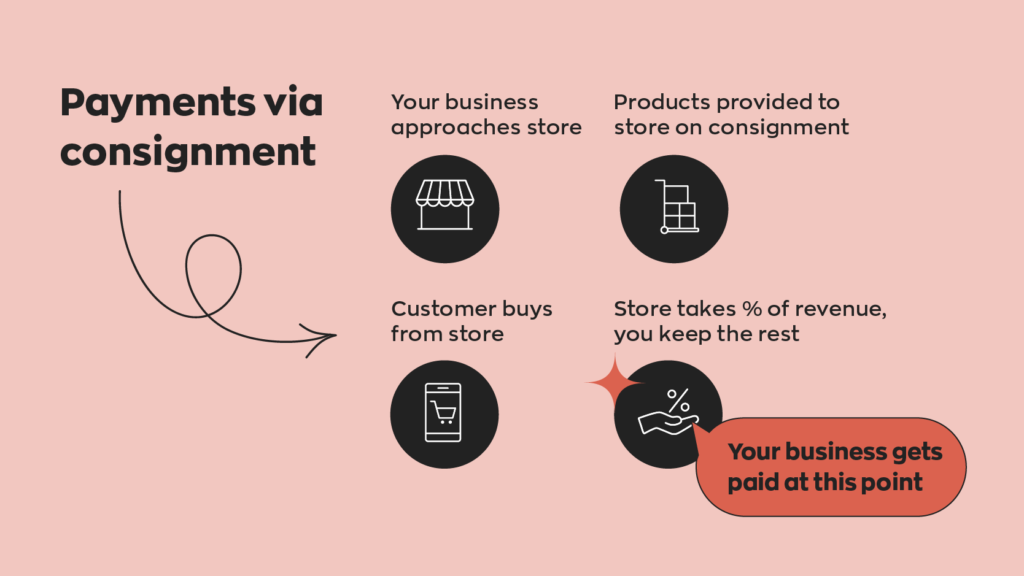
Consignment inventory can be a cost-effective way for retailers to stock their stores. And it allows suppliers to gain exposure without spending extra money marketing, selling, or displaying their products. It can be a win-win situation if both parties understand and agree upon the contract’s terms.
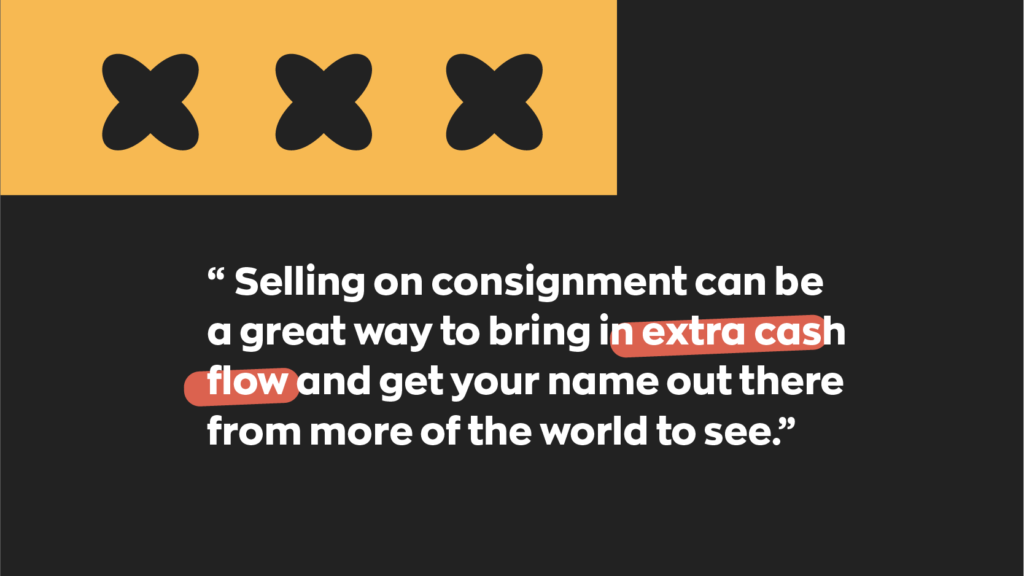
Consignment inventory vs. vendor-managed inventory
Vendor-managed inventory (VMI) is precisely what it sounds like. A vendor is responsible for managing their own inventory supply. VMI is a business model for maintaining inventory, as opposed to consignment inventory, which is a way to exchange inventory ownership.
Consignment vs. wholesale
When you sell wholesale, you sell products directly to a retailer in exchange for payment. The retailer will then try to sell your products to their customers. When they do, they get to keep 100% of the profits. If you’re the wholesaler, the retailer is your customer. However, the retailer is more like your salesperson in a consignment arrangement.
How to deal with consignment inventory in your accounting
If you’re selling on consignment as well as through other channels like an online shop, it’s important to make sure you keep your consignment inventory accounting records separate. The reason for this is that the cost of goods sold (COGS) for your consignment inventory will likely be different than your COGS for inventory sold through other channels.
When you send consigned inventory to the consignee, there is no need to create an accounting transaction. A stock transfer to a separate location would work great for this to keep track of everything you’re selling on consignment. Only once the consignment inventory is sold would a transaction for a sale be created for accounting purposes.
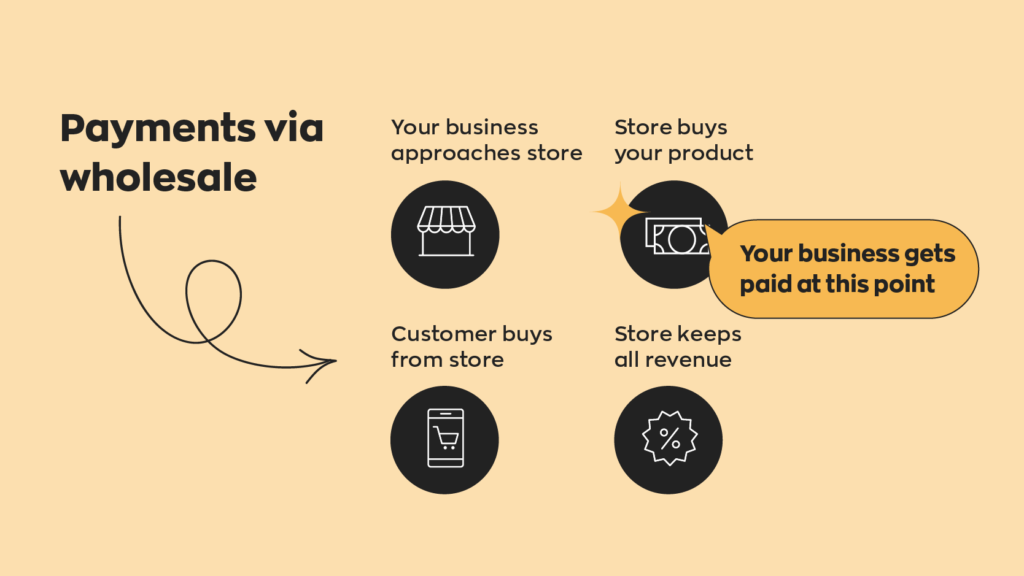
An example of consignment inventory in action
Let’s say, Jane, an artist, wants to sell her products at her favorite shop downtown. The shop sells curated work from local artists, as well as some of their own branded goods.
Jane wants to start by testing two products: a greeting card set and a poster. She makes an agreement with the shop and hands off 50 sets of greeting cards and 100 posters. The shop owner loves her work and is thrilled to add the products to the other items on her shelves.
Now imagine Jane’s posters sell out within a month! Her greeting cards, however, need some help. It’s been 60 days (the term limit set in their agreement), and she’s only sold 30 of the 50 sets. The store owner hands back the remaining 20 that didn’t sell.
Overall, the consignment deal was a success. Both Jane and the store owner made money. Now Jane needs to find another way to sell the greeting cards or develop a more appealing design.
What are the pros & cons of selling on consignment?
Consignment inventory can be beneficial to both consigners and consignees for several reasons. But it’s also important to be aware of the possible downsides of selling this way. Here’s a quick list of pros and cons to help you decide whether to give consignment a shot or stick to more traditional methods.
Advantages for consigners (suppliers/product owners)
- You don’t need to buy or rent your own retail space and hire employees to run your store.
- You can get your name and products in front of new customers, increasing your brand recognition.
- Customers can see and feel your physical products before purchasing.
- You have a better chance of breaking into a bigger, more competitive market as a small or newly established business.
- You can build your reputation.
- You won’t have to pay as much for inventory storage.
- It’s easy to test new products to determine what sells well and what doesn’t.
- Your products will stand out by being different from what the retailer already offers.
- You can potentially form a long-term relationship with your retailer.
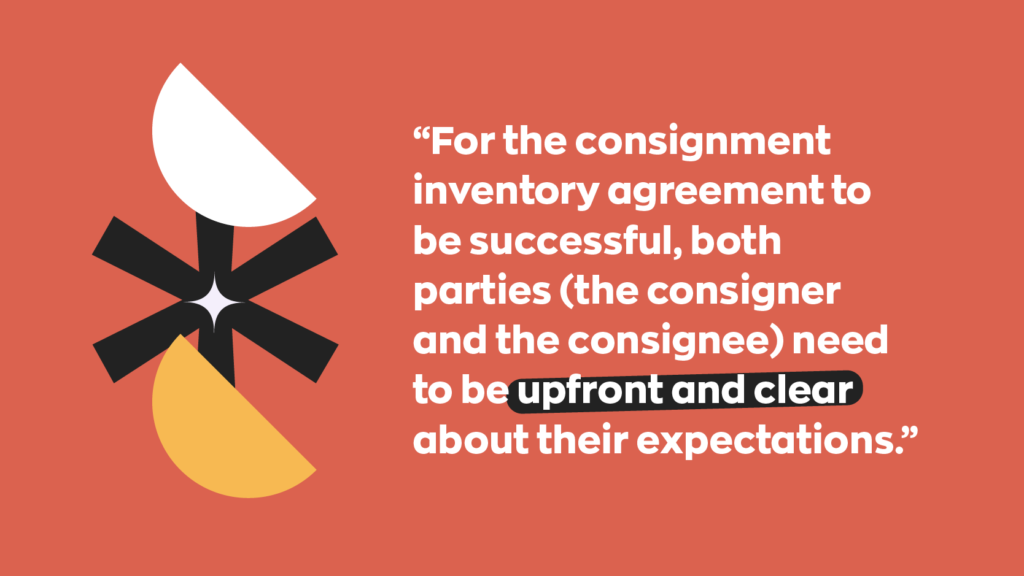
Disadvantages for consigners
- You won’t receive payment until the retailer sells your products to their customers.
- If your products don’t sell in the store, you’ll have to take them back and figure out how to sell them elsewhere (or not at all).
- Selling on consignment doesn’t make sense for every type of product.
- You depend on (and trust) someone else to sell your inventory.
- If products are damaged or don’t sell, which are both out of your control, you could lose money.
- Purchasing a large amount of inventory could be expensive upfront.
- Since you assume most of the risk in the relationship, your retailer may not actively try to sell or promote your products.
Advantages for consignees (merchants/retailers)
- You don’t have to pay for goods until you sell them.
- You can return the items if you can’t sell them.
- It’s a low-risk, low-cost investment because you don’t have to purchase inventory upfront.
- You can quickly expand your product selection.
- You can avoid stockouts.
- New products could attract new customers.
Disadvantages for consignees
- You may have to cover inventory carrying costs (storage, security, etc.).
- You have to make room for new inventory.
- You may be liable if the products are damaged in your store or stolen.
- You have to manage consigned inventory separately from your regular inventory.
- Most inventory systems don’t handle consignment inventory very well, so you may have to purchase a separate software program.
We recently released a podcast where we discuss consignment inventory in depth. Be sure to check it out!
What are consignment inventory management best practices?
Selling on consignment can be complicated if it isn’t well managed. To ensure the pros we just covered outweigh the cons, follow these three best practices.
1. Draw up a win-win contract.
For the consignment inventory agreement to succeed, both parties (the consigner and the consignee) must be upfront and clear about their expectations. Be sure to put some thought into your answers to the following questions as you fill out your consignment inventory agreement:
- What percentage will the consignee take from the purchase price as a commission (this could range anywhere from 20-60%)?
- Are there extra fees involved in storing or marketing products on the shelves?
- What is the consignment period/how long will the consignee keep the product on the shelf? (This is typically 30-90 days.)
- When will products be paid for?
- Who is responsible for shipping costs?
- How will unsold products be returned to the consigner?
- What’s the freight policy?
- What’s the return policy?
- Who is responsible for buying insurance coverage for the products?
- How will transactions be processed?
- What information should you exchange after a customer makes a purchase?
- How will regular communication take place?
We recommend using LegalZoom’s consignment agreement template so you don’t leave out anything essential.
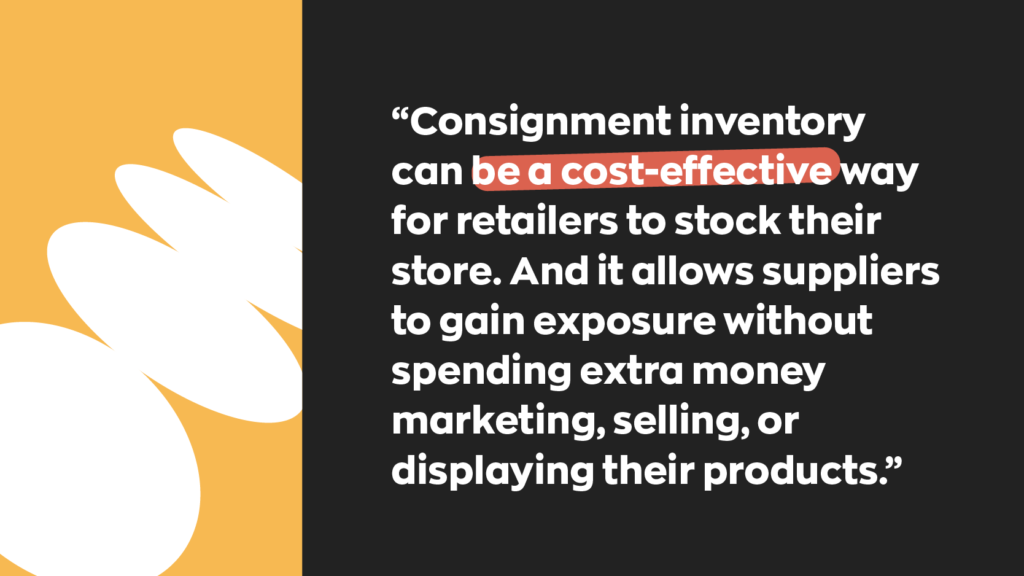
2. Form a symbiotic relationship with your business partner.
Think back to elementary school when you learned about a bee’s relationship with a flower. Bees collect nectar to feed their colonies while simultaneously spreading pollen from flower to flower. The relationship is mutually beneficial. Your agreement with your business partner should be the same way. Best-case scenario, it goes above and beyond your written contract.
Both you and your partner should be in it to win it. If you’re on the supplier side of the relationship, you should do whatever you can to ensure your product will succeed. If you’re the retailer, you should try to sell your supplier’s products as best as you possibly can.
Maybe you both agree to collaborate on marketing or develop an advertising campaign together. Just remember, the more you can do to get the right products in front of the right customers, the more sales you’ll have and the happier everyone will be.
3. Use consignment inventory management software.
Have you been wondering how in the world you’re going to keep track of all your products, the retailers you’re working with, customers, and sales? inFlow Inventory is our robust inventory management software, and we also have a guide on how to use inFlow to manage consignment inventory.
The program will help you closely monitor what you have left in stock and what’s on order. You’ll know exactly when to restock and can do so right inside the program.
Top inFlow Inventory features that help with consignment:
- Inventory management across web, Windows, and mobile
- Multiple storage location support
- Sales and purchase tracking
- Reporting
- Integrations (like ecommerce and accounting)
- Barcoding
- And a whole lot more!
Is consignment inventory right for my business?
Consignment inventory is typically riskier for consigners than for consignees. If you have products you need to sell, we recommend consignment as one avenue for customers to find and purchase from you. There are better ways to sell your stuff full-time since you’re placing a lot of control into someone else’s hands. That certainly doesn’t mean it’s an unwise option, however.
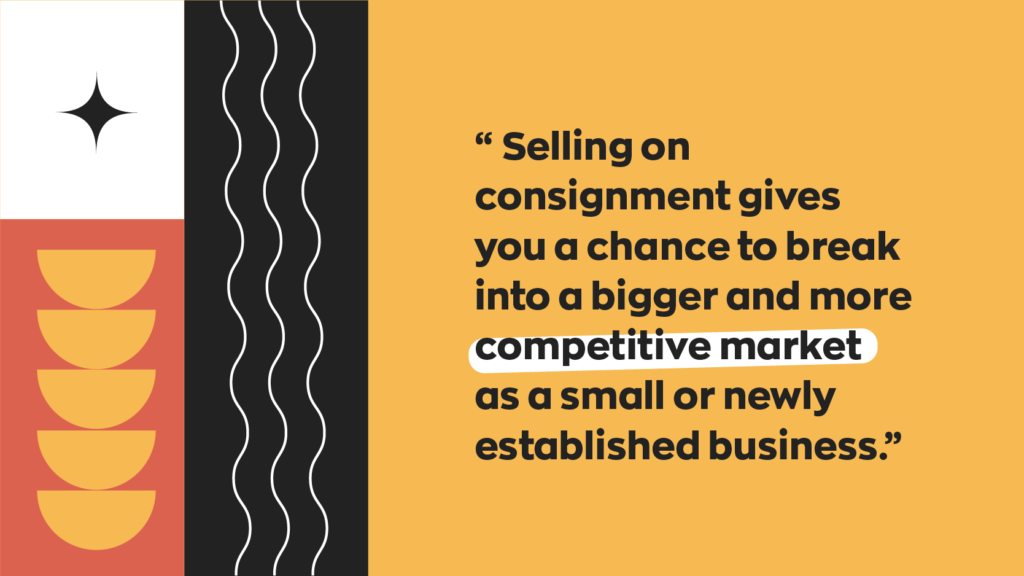
Selling on consignment can be a great way to bring in extra cash flow and get your name out there for more of the world to see. That’s huge! Another potential advantage of cutting a consignment deal with a retailer is the opportunity to sell wholesale to them eventually. It may be a matter of developing your relationship and building your reputation over time.
If you’re ready to try consignment inventory or have been looking for the right software to help you stay organized, we have the perfect cloud-based solution.inFlow Cloud will help you efficiently manage your inventory stock on consignment. Try it today.
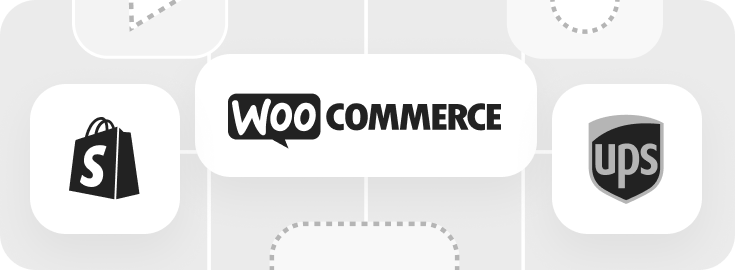


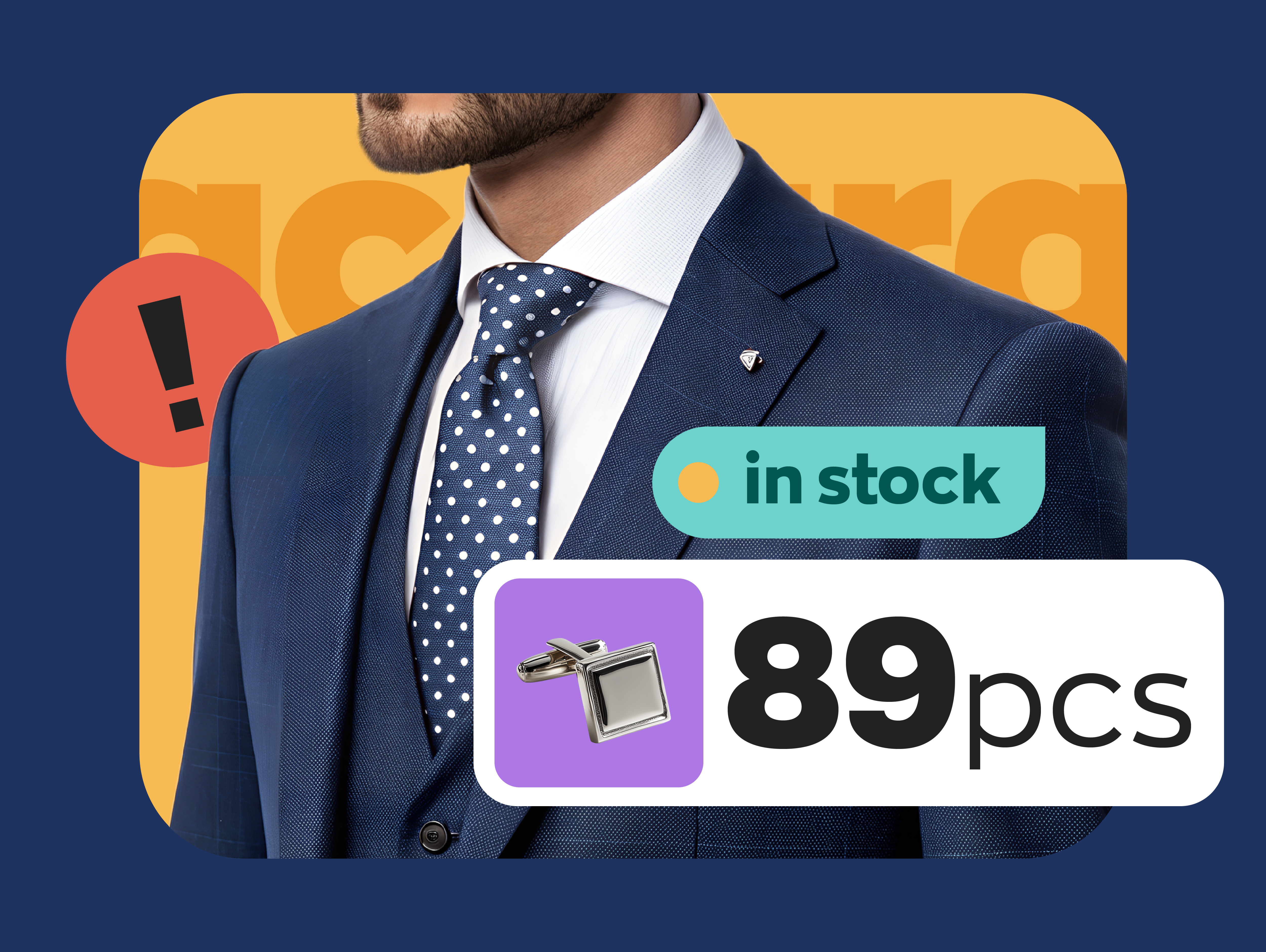
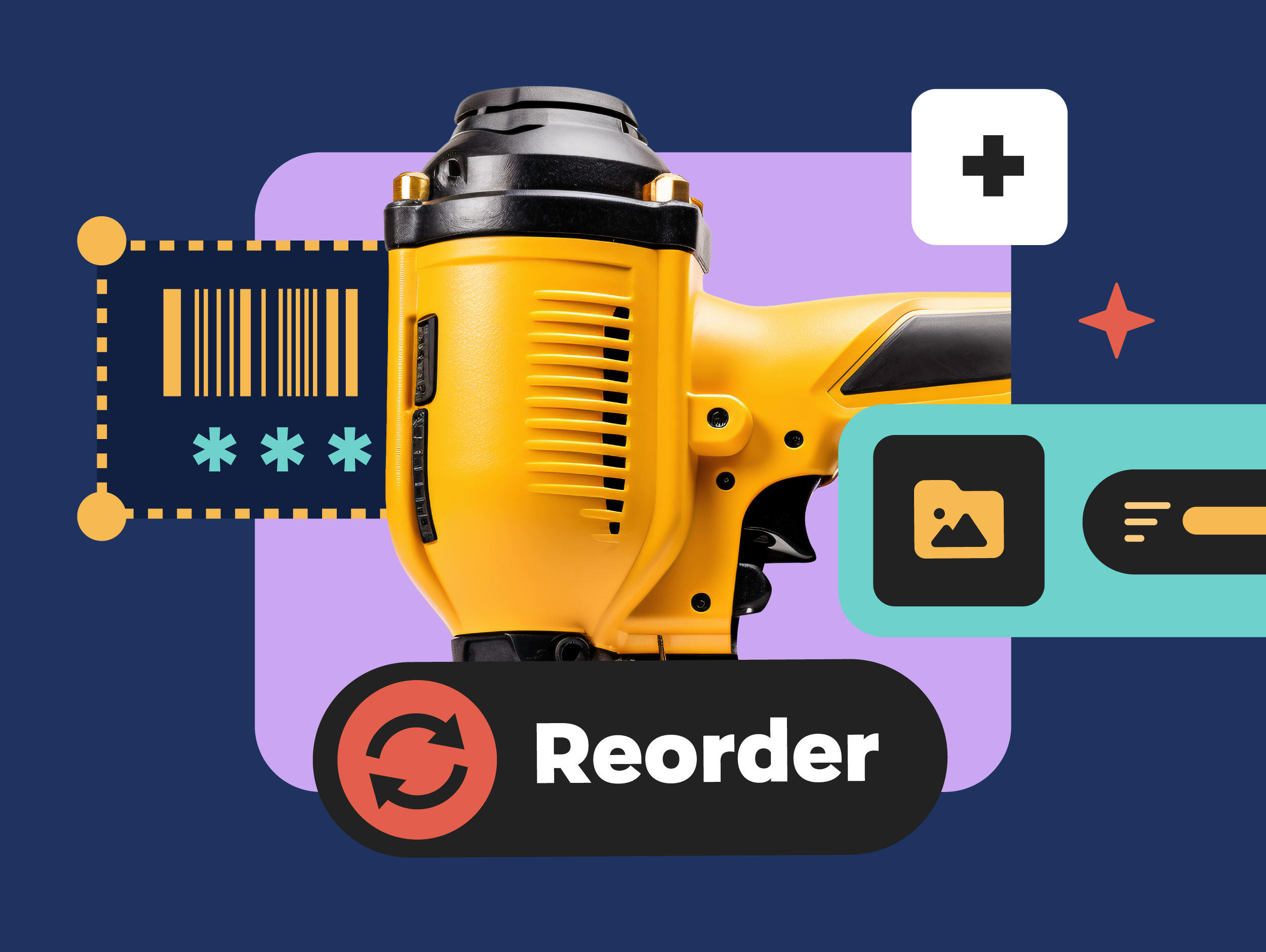

does inflow inventory support manage multi-warehouses?
Hi Ansam, yes we do support multiple locations in our Standard and Plus plans.
So you could set up each warehouse as a separate location in inFlow, and have all of the aisles and bins as sublocations.
We also support default locations on a per-team member basis, so you can basically staff to a specific location and they’ll automatically pick and receive to that location.
We have more detail on this feature in this blog post: https://www.inflowinventory.com/blog/inflow-improved-po-software-system/
We are opening a new hardware business
And would love to get some stocks on consignment,,is it possible we can get your assistance
Hey Tyrone,
If you’re looking to start a new hardware business we could most definitely help you with the inventory side of things. Our app inFlow inventory is an all-in-one inventory management system. It lets you track your inventory and orders, set reorder points, scan barcodes, and a ton more. If you want to learn more about what inFlow is capable of checkout our website inflowinventory.com or you could also watch this short video that gives a pretty good rundown of what we can do.
Cheers,
Jared
Hi there,
I won a Consignment from BBC Lottery . UK of 920,000 Euros and so far they have been calling me, Emailing to get access to the consignment and I doughty a lot because now days so many cases of scam and theft however they are able to send me some winner document and my Photo that looks extra real and it has left me hanging of the issue, however they told me they are in Nairobi Kenya and I should send cash to facilitate the consignment arrival to Uganda.
Hi Justine,
Thanks for reading. What you’re describing sounds incredibly fishy. I would advise against sending these people any money. Contact the BBC lottery directly to authenticate the documents you received, but I’m guessing they’re not real. This most certainly sounds like a scam.
I Hope this helps,
Jared
Hello Jarad P/Micah. I am starting a coffee roasting business and would be willing to place my products on a consignee’s floor/shelf….each item with its own unique barcode. I want to get paid “real time” when each of my products is sold. How does this work? Can my scanned bar code open a portal to my bank account and transfer my split part directly at time of purchase? I would consign my product to many locations…would each location be required to down load software in order to do this? Your article is Great!!!
Hey Doyle,
Thanks for reading! What you’re describing sounds pretty complex. For something like this, you would need inventory software that connects with a POS system at the very least. This would allow you to easily scan the barcodes and sell the products to customers. As far as paying you out in real-time, I’m not sure this would even be possible. If so, your POS would more than likely need to integrate with another system that would be responsible for pushing the cash to your bank account. As far as I know, there isn’t really any software like this, especially one that would transfer money directly to your bank account in real-time. The best you could hope for in my opinion is getting paid out at the end of each day once the store has settled all of their transactions.
Hope this helps!
Cheers,
Jared
Thanks for the article, I haven’t had much luck finding information on consignment.
I am planning on setting up an online jewellery store where I will stock brands from around the world. You can think of websites like ssense, apoc but on a smaller scale and jewellery focused.
However, the jewellery is made to order and I will not physically hold any stock. My website will be the platform shoppers come to and buy from and then the order would go to the designer and then be shipped direct to the customer. Only once an item has sold would both I and the designer get the money from the sale.
I cant find any information on how this would work on wherever I host the website (haven’t decided yet. but think Shopify for an example) because I wont actually hold the stock and as its made to order, how do I get an order to go via my platform but then to the designer for them to make and ship it? Would I need a 3rd party software?
I’m then also unsure how the payment between me and the designer would work. If I sell something for $100 on my website and am going to keep 20%, would I take the payment in full and then send the remaining $80 to the designer?
Any help would be greatly appreciated, as mentioned I haven’t found much information online and would love to know more so I can get the ball rolling!
Best wishes
Chelsea
Hey Chelsea,
Thanks for stopping by. If you’re tracking the components that are going into each piece of jewelry you sell, you’ll definitely need a system with some manufacturing features (bill of materials and work orders for example.) I would suggest a one-piece flow manufacturing for this type of product. Essentially the workflow might look like this.
1. You receive an order through whichever platform you’re using (Shopify, for example).
2. Create a work order for the product (This will include your bill of materials).
3. When the product is complete, it will enter your system as a finished product.
4. Create a sales order for the product.
5. Pick, Pack, and Ship out the product to the customer.
As far as payment is concerned, you’ll more than likely have to manually split the cash between yourself and the designer. There is no system that can split payment from a single credit card between two vendors that I’m aware of.
If this workflow sounds like it may work for you, then I believe our software inFlow would be a good fit. We offer all the features that I mentioned above and we also have an integration with Shopify! If you want to know for sure whether or not our software would work for you please reach out to our sales team.
I hope this helps, and I wish you the best of luck in your future endeavor!
Cheers,
Jared
i woul would like to rececive more info . thsmnk you
amner;y owens
Hey Amberly,
Thanks for reading. If you’d like to receive updates when we release more informative articles you can subscribe to our newsletter at the bottom of this page. Or if you’re interested in learning more about how inFlow can help with your consignment inventory you can contact our sales team. I hope this helps.
Cheers,
Jared
How to value the price of a successful consignment shop consignment list of 23 years approximately 2000 consigners
Hey Toni,
Thanks for stopping by. It sounds like you’re asking how much you should sell your consignment shop for. Unfortunately the answer to that question is pretty nuanced. It really depends on many different factors such as location, current profit margins, past profit margins, and so on. I’m sorry we couldn’t be of more help.
Cheers,
Jared
If I sell in a consignment store will I get any tax forms for such?
Hey John,
That’s a great question! The answer actually may vary depending on where you’re located, but in the US, sellers placing their property on consignment don’t need to worry about collecting or paying any sales tax. The store would collect the tax on the items and send the sales tax they’ve collected to the state department of revenue. I hope this helps!
Cheers,
Jared
Hey people!!!!!
Good mood and good luck to everyone!!!!!
Will I have to pay the shipping on the sale, also eBay and PayPal ?
Hey Alfred,
It really depends on how you choose to price the items. You could roll the cost of shipping into the purchase or have it added on to the total at the end. It’s really up to you.
Cheers,
Jared
Hi I have a jukebox a antique cabinet , just wondering where is the best place to sell them
Hey Alice,
Thanks for reading! It sounds like you have some interesting pieces. I would check with your local antique shops and see if any of them are interested in selling them on consignment for you. Many of these businesses are on the look out for new merchandise to sell to their customers.
Cheers,
Jared
Hi
By the way awesome Blog & let me ask you. If i am selling products on consignment in retail & is there any way after restocking we can get paid through Interac instead of Card payment.
And invoice is reconciled automatically with the bank when we get paid so we don’t have to manually chase every invoice.
Cheers
Hi Farhad,
Thanks so much for the kind words! We’re glad you enjoyed the post. Regarding your question, I’m not sure what Interac solutions are available to you. It would really depend entirely on where you are located. I’m pretty sure Square has this capability, and they can be plugged into a cell phone. This will probably be your best option if you need mobility.
I’m not sure I understand what you mean by “invoices reconciling automatically with the bank.” There are software solutions out there that would make closing PO and SO after purchase very easy. Our inventory software inFlow, for example, would make this process very simple and allow you to attach your receipts. I hope this helps!
Cheers,
Jared
Thanks for the article, very helpful. One question, if customer returns a product to store and a repair is organised between me and store owner. Is the store owner entitled to deduct their usual consignment amount from the repair cost? Do I need to factor their % into my repair costs?
Hey Emily,
Thanks for reading. Unfortunately, something like this isn’t standard across the board. You would have to have a written agreement with the store in your contract. If you have no such clause in your contract, you’ll have to speak with the store owner and figure out how to proceed. It might be a good idea to write this clause into your contract in order to ensure there is no confusion in the future. I hope this helps!
Cheers,
Jared